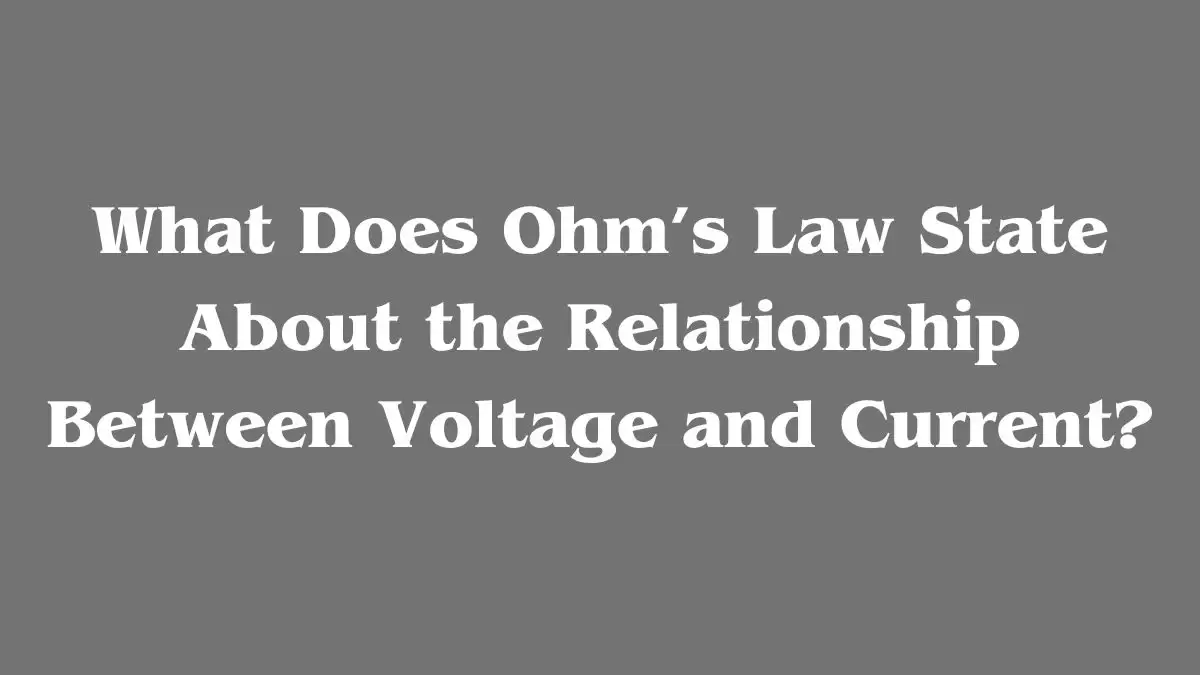What Does Ohm’s Law State About the Relationship Between Voltage and Current?
by Niranjani
Updated Oct 26, 2023

What Does Ohm’s Law State About the Relationship Between Voltage and Current?
In the first version of the formula, I = V/R, Ohm's Law explains that you can find the electrical current in a circuit by dividing the voltage by the resistance. This means that the current is related to the voltage - when voltage goes up, current goes up - and inversely related to the resistance - when resistance goes up, current goes down.
Ohm’s Law
I = V/R
I= current
V= voltage
R=resistance
Ohm's law is about how electric current and voltage are connected. It says that the current in a conductor (like a wire) goes up when you increase the voltage. It was a German physicist named Georg Simon Ohm who first tested and proved this law through experiments.
What Does Ohm’s Law State About the Relationship Between Voltage and Current -FAQ
Ohm's Law explains that you can find the electrical current in a circuit by dividing the voltage by the resistance.







